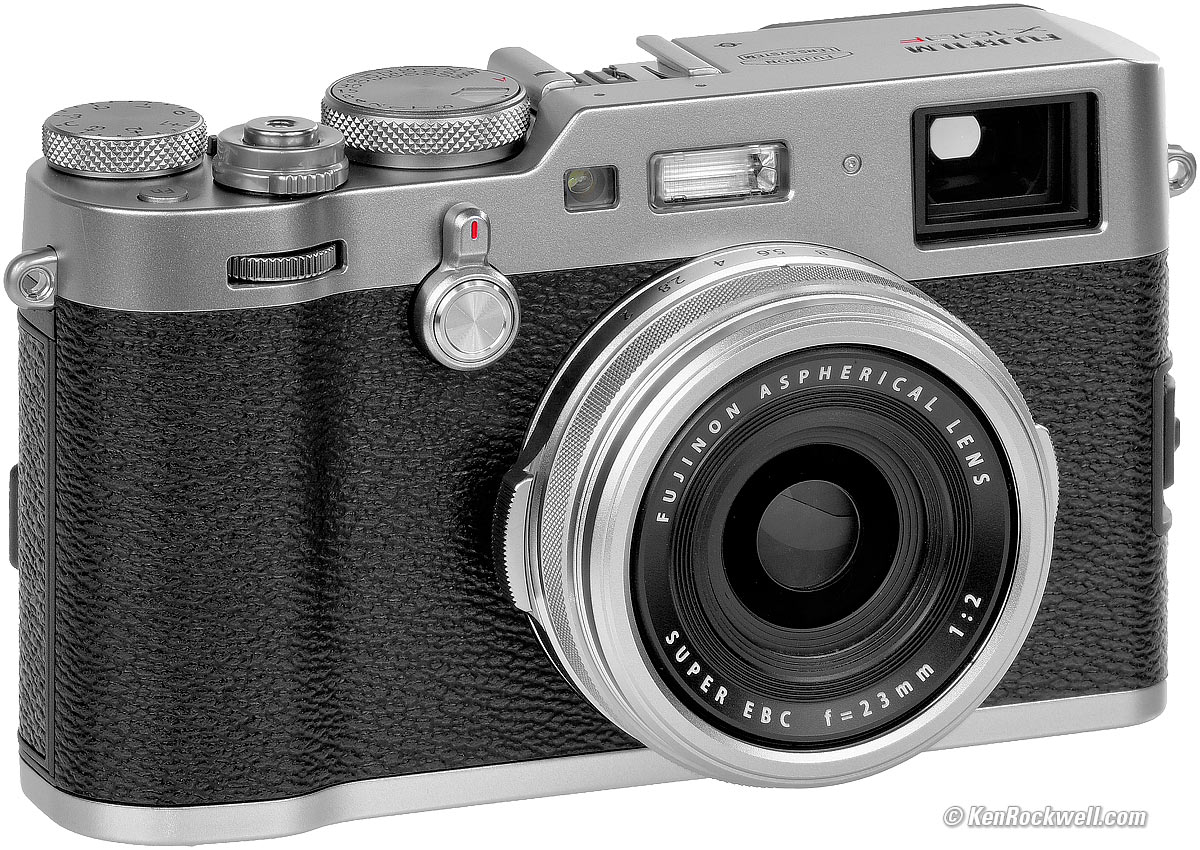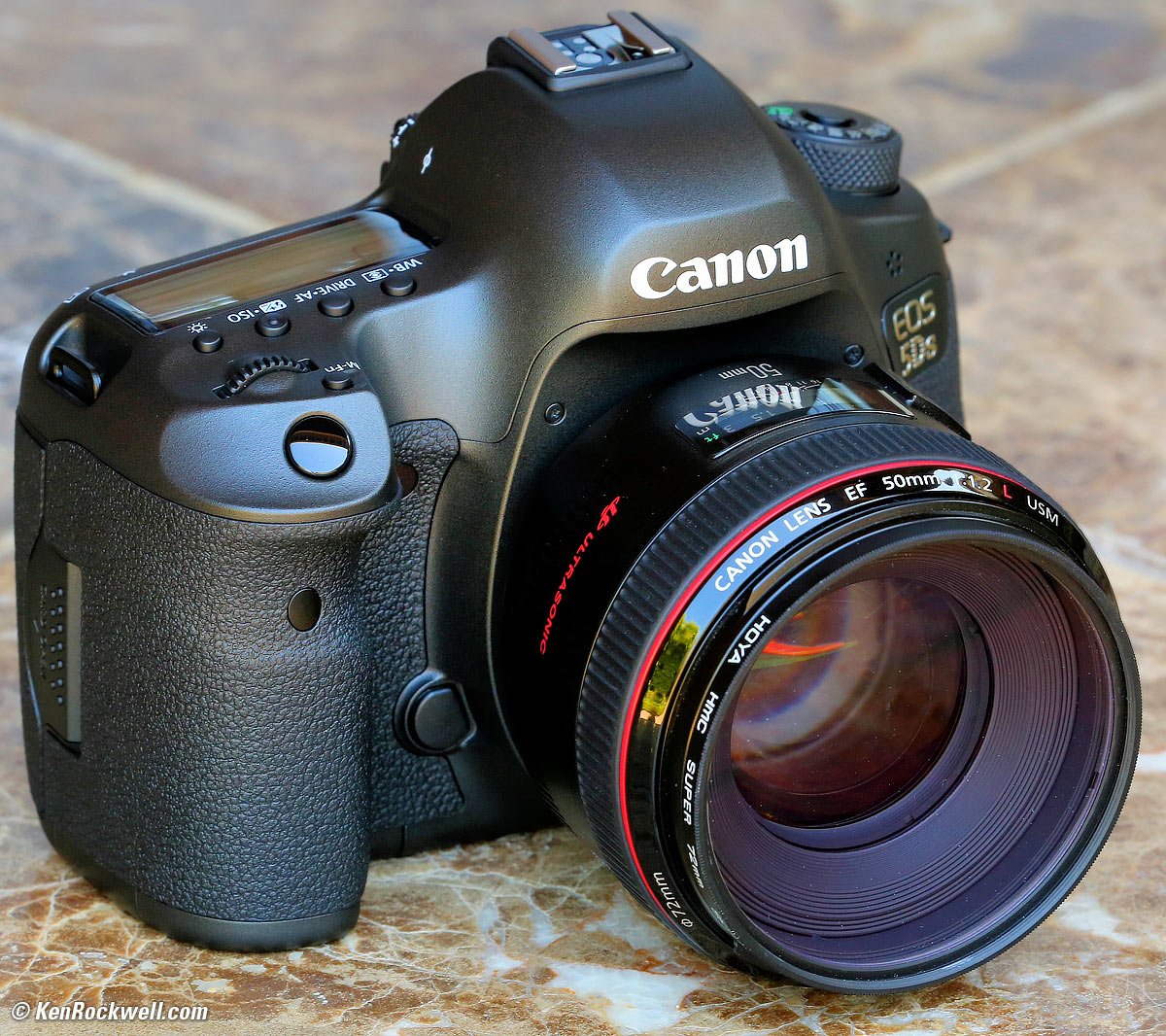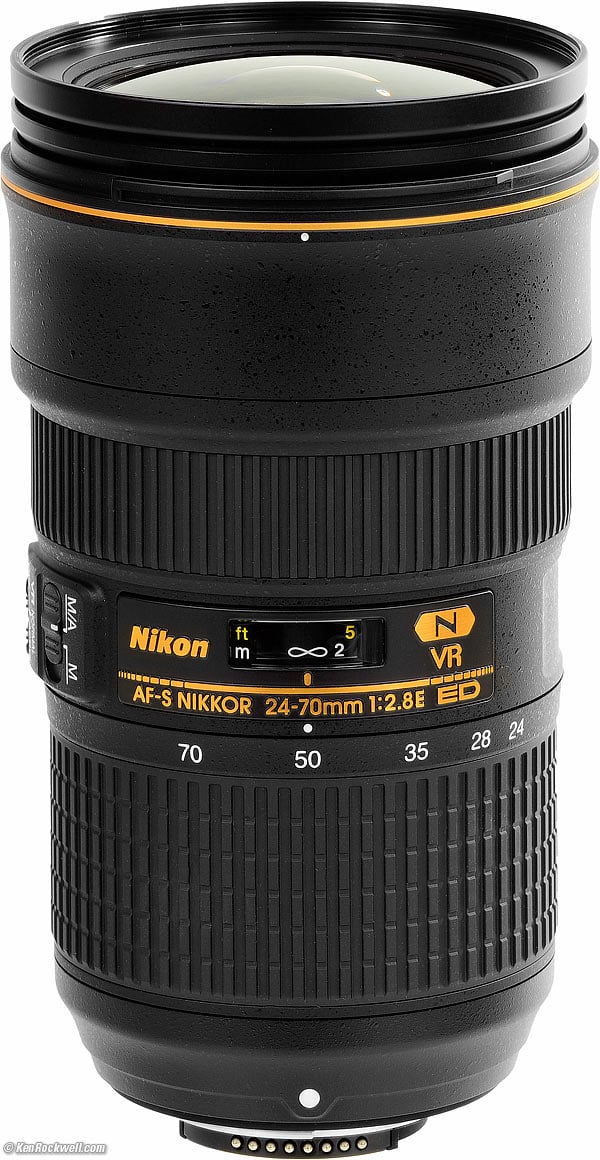

- Dxo optics pro review ken rockwell software#
- Dxo optics pro review ken rockwell iso#
- Dxo optics pro review ken rockwell plus#
Because I own the 24-70 f2.8 E I need 82mm filters for this one anyway.

Dxo optics pro review ken rockwell plus#
If I need more than 24mm I prefer using the 24-70 f2.8E, because here its better.ĭepending on what you want to do it might be a real plus to be able to use normal screw-on filters. But apart from that it is a very nice lens and considering you want to use it on a 24 MPixel sensor you should have enough resolution. You need to shoot it f8 to get good corner performance and you should avoid using it at the long end. Nasim Mansuroc Photographylife has done a nice review of the Tamron 15-30 nd compared it to both the Nikon 14-24 and the 16-35, and there is also a dedicated review of the 16-35 f4. You might want to take a closer look HERE. I say that having both high resolution and standard resolution cameras.

On the D780, I don't think the difference in optics is meaningful. You probably won't have enough resolution to fully observe the optical benefit of the 15-30. You have a D780 - which is a great camera but it's a standard resolution camera. I do a lot of stream photography, and need a CP and sometimes ND filters, and in this use case the 16-35 has a big practical advantage. I'm relatively insensitive about weight, but filters can be important. But when you consider total cost plus the weight and size of the lens, the 16-35 is a lot more practical. If you want best optical quality, the 15-30 is clearly the answer. The weight means I don't normally carry the lens for travel or hiking. Using filters is a pain in the neck and means I only use filters with a definite plan. I have the Nikon 14-24 with similar design and the filter holder.

The practical side of things is the weight and filters can be major issues. At f/2.8 it's good for astrophotography as well as other uses. It has a bulbous front element and does not take filters, so you would need to buy one of the holders and extra large filter sets. It's a big, heavy lens that is optically excellent - equivalent or better than the Nikon 14-24. The Tamron 15-30 is much more like the Nikon 14-24. I've also used it as part of a hiking or travel kit - 16-35, 50, and 70-200. My primary use cases when I bought the lens were photographing from a canoe or photographing streams. VR makes it suitable for handheld work or low light. There are plenty of used copies available if you wanted to go that route. For landscapes, wide event scenes, and most uses it is just fine. The 16-35 is a relatively light weight lens with very good image quality across the frame. I also have the Nikon 14-24 f/2.8 which is similar to the Tamron. That’s it – Simple!Īs you can see, the flowers look frozen and the shoot was a success.Click to expand.I have the Nikon 16-35 and have used the Tamron 15-30. Once finished, I sent the image back into Lightroom and added a grad filter to take down the sky and warm it up. I started off by exporting the RAW file out of Lightroom into DxO OpticsPro 11 and just allowed for auto-processing of the file.
Dxo optics pro review ken rockwell iso#
I simply cranked up my ISO on my Sony a7RII to 4,000 and fired away at 1/125th to freeze the flowers in between gusts. In the image (above), captured near sunset, the wind was gusting at least 15 mph. On a recent trip to Oregon and Washington, the flowers were beautiful but the wind was blowing seemingly every day.
Dxo optics pro review ken rockwell software#
NOTE: I have no affiliation with DxO Pro Optics, I am writing this blog because it is a software I use on a regular basis – especially on images that are difficult to process, have a wide contrast range, and/or were captured at a high ISO (anything over 400 ISO). Up to twice as fast, providing a frictionless user experience Uses face detection to intelligently apply an intelligent tone map to the entire imageĪutomated detection and correction of red eyesĪutomatically enhances fine details in your images, but smart enough to leave faces and high ISO images intactīetter preservation of midtones for a more natural lookīrowse your images in an immersive, distraction-free environmentĮasily cull through photos using new keyboard shortcuts The industry-leading denoising is now even faster and more powerful If for nothing else, their PRIME NOISE reduction has to be seen to be believed.īut in version 11, they have added even more to make me sit up and take notice. If you are a regular follower of my blogs, then you know how highly I think about this software. On June 1st, DxO Labs released version 11 of their incredible app, DxO OpticsPro software.


 0 kommentar(er)
0 kommentar(er)
